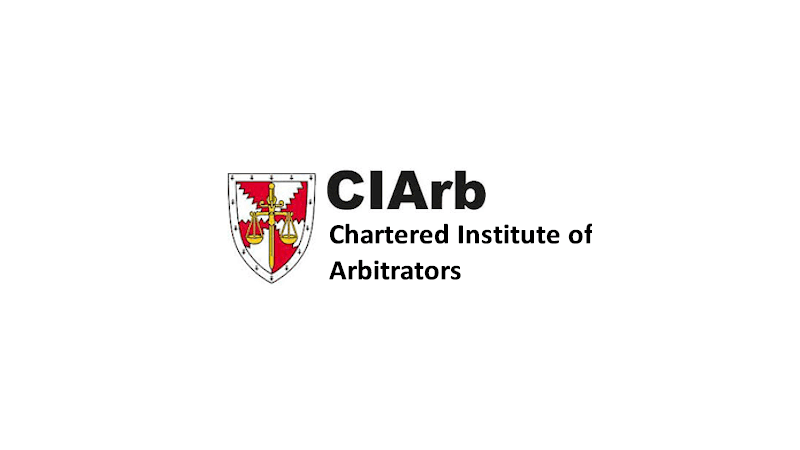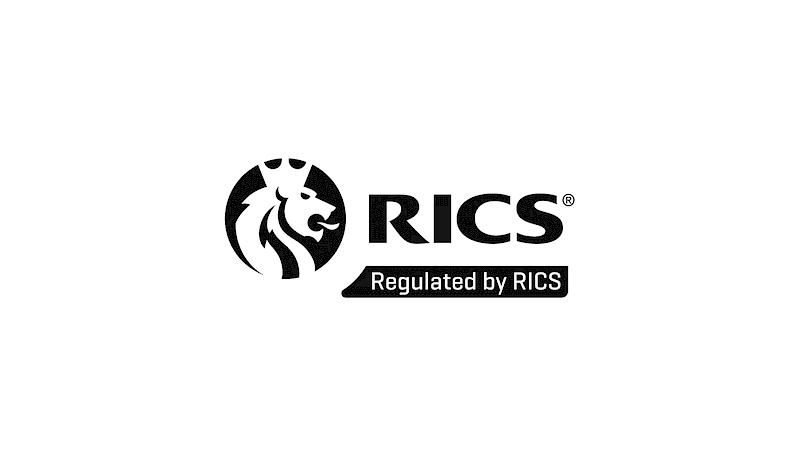This is the term which describes the legal limit, or cap, on damages paid in dilapidations disputes. We are unparalleled experts in this field.
The chartered building surveyor prepares and negotiates the Schedule of Dilapidations (Quantified Demand), which is an Excel document setting out and pricing remedies for the detail of the covenants in the expired lease which the tenant allegedly breached in terms of repairs, decorating and reinstating alterations.
But because the actual impact on the property's open market value is often far less than even the tenant building surveyor's assessment of the total Cost of Works, the legislation provides that the damages ultimately paid should be the lower of the two.
Assessing the impact on the value of the property is the specialism of the chartered valuation surveyor (valuer). We have led the way in developing and evolving the most effective and powerfully persuasive application of this legal limit, or statutory cap, throughout the United Kingdom and Ireland.
Contact us today for a no-obligation initial chat regarding your case, at no charge!
Few chartered surveyors practise in what is sometimes called the 'dark art' of Diminution Valuations.
Fewer still, do a good job.
Our enviable reputation and client base have been earned through leading, not following. Our ethos is that a Valuer cannot purport to value with any degree of plausibility, or accuracy if it is practised in a vacuum. In other words, the effective and persuasive Valuer must also be engaged on a regular basis in actually transacting commercial properties (termed 'agency'), so as to directly inform their so-called 'expert opinions'.
We know that our Valuers are uniquely qualified in this regard.
Hence our ability to observe that the longstanding expectation in the diminution in value dilapidations procedure that two valuations are provided - Valuation A ('In Repair') and Valuation B ('As Vacated/In Disrepair') - the difference (if any) between the two is the amount of 'Diminished Value' - is in reality, almost always a construct; even superfluous.
Whilst Valuation A ('In Repair') is straightforward enough to provide, Valuation B ('In Disrepair') is almost impossible to arrive at independently, because common sense dictates that there will not be truly comparable transactional evidence i.e. of similar properties, with almost identical breaches of covenants to repair, decorate and reinstate.
So instead, valuers tend to prepare Valuation A, and then make a series of deductions from it to get to Valuation B. As such, Valuation B is the 'product', rather than the intended difference between the two valuations, being the 'Diminution in Value'. What has in fact been done, is that the aggregate of the deductions from Valuation A is, by definition, the Diminution in Value.
The deductions primarily comprise the (a) Cost of Works, and (b) loss of rent.
- Cost of Works
This will of course vary significantly between opposing building surveyors. The resultant impact on the respective Diminution Valuations is then compounded if one valuer simply deducts the total figure without any scrutiny, whereas the other apply what should be the two filters:
- Supersession - These are items which, if done, would be destroyed, or undone, by subsequent works of alteration and improvement. For example, repairing plaster to a wall that is going to be demolished in any event; and
- Removing items that are Not Value-Affective (NVA) - As already explained, not all costed items of disrepair will if fixed, necessarily improve the value of the property. For example, fixing minor dents to the cladding of a 50-year-old warehouse unit. Many other examples can be given and are illustrated in our Case Studies
- Loss of Rent
Whilst loss of rent is often claimed, it seldom withstands scrutiny. In a nutshell, loss of rent will only directly relate to dilapidations if it can be demonstrated that there was a tenant contractually committed and ready to move into the property the day after the lease expired, but could not do so purely due to the time required to remedy essential dilapidations. It is the Valuer's role to seek to evidence, for example, that the 'market generated' void period would have been at least as long as the time required to do the works, in any event.
Conclusion
Preparation of Diminution Valuations is a niche specialism of the chartered valuation surveyor. Few do them and fewer still do them to a level which withstands scrutiny.
At Radius, we have led the field in evolving Diminution Valuations to now being more reflective of the real world - the open market - and in so doing, debunking much of the myth and 'dark art' that has previously discredited its crucial purpose in ensuring dilapidations disputes settle on a fair and proper basis.

CIArb exists for the global promotion, facilitation and development of all forms of private dispute resolution around the world to maximise the contribution that dispute resolution practitioners make
Paul J Raeburn
BSc (Hons) MRICS DipArb FCIArb
RICS Accredited Mediator
Neil Burridge
BSc (Hons) MRICS ACIArb
RICS Registered Valuer

"Regulated by RICS" confirms to potential clients that we can be trusted to deliver high standards of service. "Regulated by RICS" conveys a consistent message of confidence and quality to our clients.
